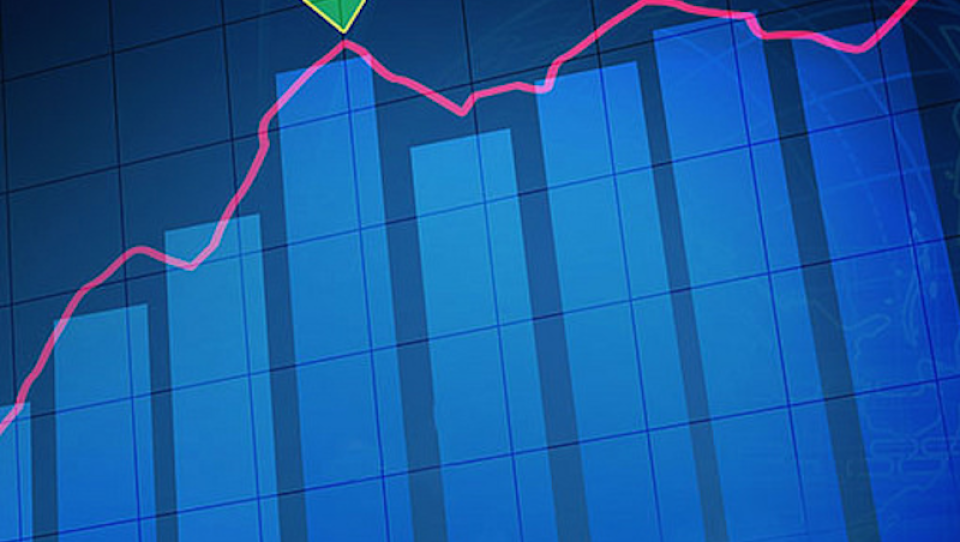If you have bought something online and saw it selling for a lower price hours later, then you, along with practically everyone who has ever shopped online, have been a victim of price discrimination.
As shopping on the internet came into its own, new techniques using data from past purchases, locations, income and interests, have allowed companies like Amazon and Overstock to price their items at the maximum price a potential buyer is willing to pay. Unlike the days of old when items on the rack at Macy’s would stay mostly the same from day to day, our new preferred method of commerce is taking us back to an economic time where list price is no longer relative.
An article in the most recent edition of The Atlantic by Jerry Useem explores this new frontier of price discrimination. Useem shows that the practice has become so sophisticated that there is even a soda machine now that can read temperature, and will charge more for a soda based on how hot it is.
Despite many examples of customer frustration, internet retailers continue to refine the algorithms and data that make price discrimination possible. Useem points out that in mid-March, Amazon had 59 listings for economists on its job recruitment site.
Realtors don’t see their price offers as discrimination, though. Useem reports that one Google executive refers to the practice as “personalized pricing.” People aren’t getting bad deals, they are unconsciously negotiating and haggling by using their internet metadata.
Up until the mid-1800’s this was the accepted form of commerce. Then, as the industrial revolution made making goods faster and easier, and companies boomed; list prices were used to help estimate profit. How has going back to unpredictable prices affected us?
Harvard Business School historian Nancy Koehn joined us to talk about the history of haggling and price discrimination in the internet age.
Click the audio player above to hear our interview with Harvard Business School historian Nancy Koehn in its entirety.




